Whether you’re planning a cross-country RV trip or heading out to a nearby state park, bringing your Jeep Wrangler along for the adventure is easier than you think.
You can flat tow a Jeep Wrangler at any legal speed. Most RV owners tow Jeeps safely at 60-65 mph, while some go up to 70-72 mph—75 mph is reasonable on smooth highways. Flat towing your Wrangler is a simple process. Just learn how to tow it the right way!
In this article, we’ll explore how fast you can flat tow a Jeep, the equipment needed, and tips for safe towing.
What Does It Mean to Flat Tow a Jeep?
Flat towing a Jeep means pulling it behind another vehicle—like an RV—with all four wheels on the ground. It’s a simple and efficient method that eliminates the need for a trailer, making transport easier while saving space and hassle.
Flat Tow Vehicles
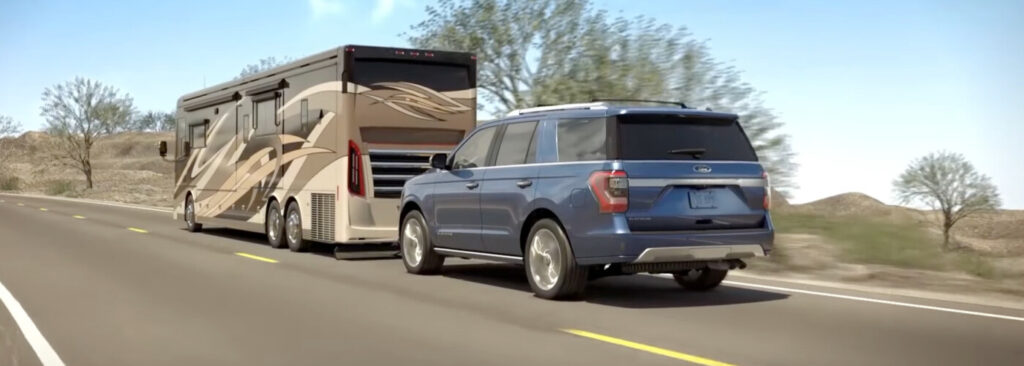
Flat-tow vehicles are specifically designed to be towed with all four wheels rolling freely on the road. Popular flat tow options include the Jeep Wrangler, Ford Bronco, and Chevy Colorado. Always refer to your owner’s manual to ensure your vehicle is flat tow compatible before hitting the road.
Flat Towing
Flat towing is the process of pulling a vehicle with all four wheels on the ground—no trailer required. It’s a convenient, space-saving towing method commonly used for vehicles like the Jeep Wrangler, especially during RV adventures and long road trips.
Also Read: Can You Flat Tow A Jeep Grand Cherokee – The Ultimate Guide!
How Fast Can You Flat Tow a Jeep Safely?
You can safely flat tow a Jeep at speeds between 55 and 65 mph. Staying within this speed range helps protect the drivetrain, prevents unnecessary wear, and ensures a smooth, reliable towing experience. Always check your vehicle’s manual before towing to follow specific safety guidelines.
Does the Type of Jeep Impact Flat Towing Speed?
Yes, the specific Jeep model plays a key role. Flat-tow-friendly models like the Jeep Wrangler and Gladiator are designed to handle flat towing at speeds up to 65 mph. Always consult your owner’s manual to confirm the recommended towing speed for your exact Jeep model.
What Factors Affect the Speed When Flat Towing a Jeep?
Several factors impact the safe speed when flat towing a Jeep. These include the Jeep’s weight, current road conditions, the quality of your towing equipment, and the driver’s experience. Following manufacturer guidelines and staying cautious ensures smooth, safe towing at optimal speeds.
How Fast Can You Flat Tow a Jeep Compass
The Jeep Compass is generally not designed for flat towing with all four wheels on the ground. Always refer to your owner’s manual for accurate towing instructions. If flat towing isn’t recommended, using a tow dolly or trailer is the safest alternative to avoid transmission damage and ensure proper transport.
How Do Manufacturer Guidelines Influence Towing Speed?
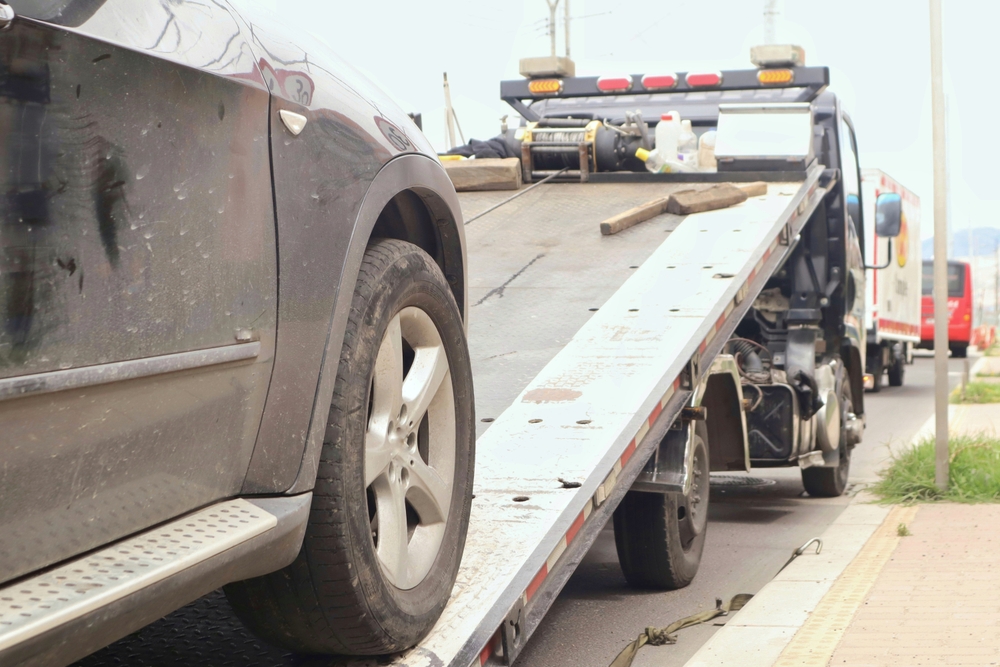
Manufacturer guidelines are crucial when flat towing a Jeep. These instructions outline the maximum safe towing speed, proper setup steps, and key precautions. Following them protects your transmission, ensures road safety, and keeps your vehicle’s warranty valid—making them essential for a stress-free towing experience.
What Are the Risks of Towing a Jeep Too Fast?
Towing a Jeep at excessive speeds can lead to serious issues such as transmission overheating, trailer instability, rapid tire wear, and potential damage to your towing equipment. To avoid costly repairs and unsafe situations, always follow the manufacturer’s recommended towing speed for your specific Jeep model.
How Can You Check if Your Jeep Is Ready for Flat Towing?
To ensure your Jeep is ready for flat towing, follow these key steps:
- Review your owner’s manual for flat towing approval and instructions.
- Use high-quality flat tow equipment.
- Set the transfer case to Neutral (N) and transmission to the correct position.
- Double-check that all connections are secure before starting your trip.
Proper preparation ensures safe, legal, and efficient flat towing for your Jeep.
How Does Terrain Affect Flat Towing Speed?
Terrain plays a major role in flat towing speed. On rough, uneven, or hilly roads, you should reduce your speed to maintain control and prevent stress on your Jeep and towing setup. On smooth, flat highways, you can drive closer to the recommended towing speeds, but always adjust according to real-time conditions for safe towing.
What Equipment Do You Need for Flat Towing a Jeep?
To safely flat tow a Jeep, you’ll need essential flat towing equipment:
- A tow bar for connecting the Jeep to the towing vehicle
- Base plates specific to your Jeep model
- Safety chains for added security
- A braking system to ensure legal and safe stops
- A lighting kit for visibility and signaling during travel
Using proper equipment ensures your Jeep stays secure and compliant with towing laws.
What Is the Recommended Speed for Towing a Jeep on Highways?
The recommended speed for towing a Jeep on highways is typically between 55 and 65 mph. Staying within this range ensures a safe and stable ride, protects your Jeep’s drivetrain, and reduces wear on your towing equipment. Always follow the speed limits and manufacturer guidelines for optimal safety.
How fast can you flat tow a jeep grand cherokee
The Jeep Grand Cherokee is not usually designed for flat towing with all four wheels on the ground. Always consult your owner’s manual for flat towing compatibility. If flat towing isn’t approved, use a tow dolly or trailer to avoid transmission damage and ensure safe transport.
When Should You Avoid Flat Towing a Jeep?
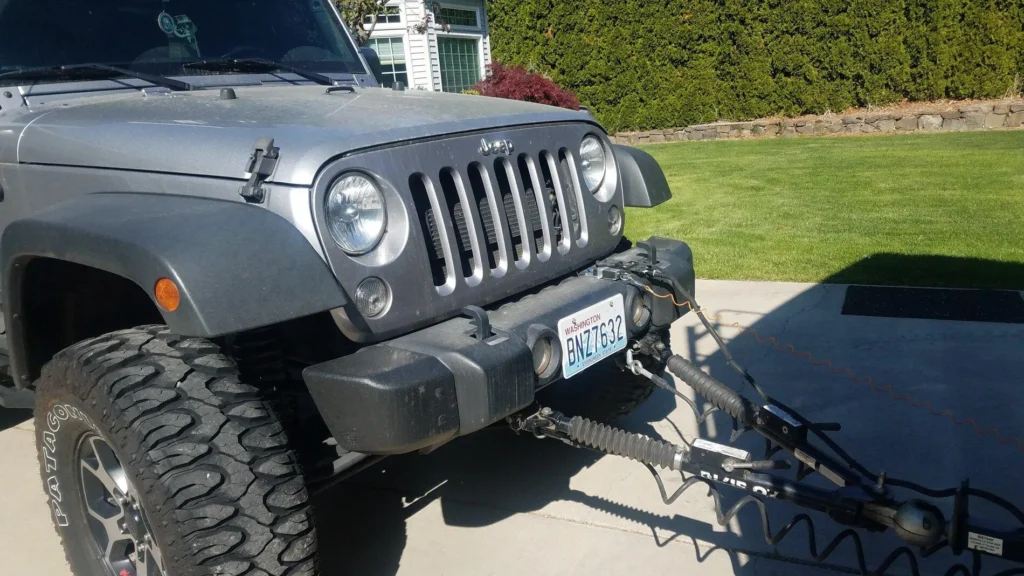
Avoid flat towing your Jeep if:
- The model is not flat tow-compatible
- Weather conditions are poor (snow, heavy rain, etc.)
- Roads are extremely steep or uneven
- Your towing equipment is damaged or improperly installed
Always refer to your Jeep’s user manual to confirm towing guidelines and prevent costly mistakes.
Does Flat Towing Impact a Jeep’s Longevity?
Flat towing a Jeep does not negatively impact its longevity—if done correctly. Using the proper equipment and following the manufacturer’s flat towing instructions prevents drivetrain wear and mechanical issues. Improper towing, however, can lead to long-term damage, making it essential to follow all safety and setup guidelines.
Where Can You Find Flat Towing Speed Recommendations?
You can find flat towing speed recommendations in three reliable places:
- Your Jeep’s owner’s manual
- The official manufacturer website
- Product guides from your flat towing equipment (e.g., tow bar or braking system manuals)
These sources provide precise details to ensure you tow safely and within the recommended speed limits.
How Does Flat Towing Compare to Other Towing Methods?
Flat towing—also known as four-down towing—is often simpler and more convenient than other towing methods. Unlike trailer or dolly towing, flat towing doesn’t require bulky equipment, making it lighter, quicker to set up, and easier to manage—especially for flat tow-ready vehicles like the Jeep Wrangler. However, to avoid drivetrain damage, always follow your vehicle’s owner’s manual and use proper towing equipment for a safe and legal tow.
Can You Flat Tow a Jeep Wrangler
Yes, you can flat tow a Jeep Wrangler easily behind your RV. Flat towing your Wrangler is a simple process if done right. You can tow Jeeps at any legal speed—whether it’s 45 mph, 60-65 mph, or even 70-75 mph. Learn how to tow your Jeep safely today!
How fast can you flat tow a Jeep Wrangler
You can safely flat tow a Jeep Wrangler at speeds between 55 and 65 mph. Staying within this recommended range helps protect the drivetrain, ensures safe handling on highways, and provides a smooth towing experience. Always consult your owner’s manual and avoid excessive speeds to prevent wear or damage.
Must Read: Are Jeep Wranglers Good For Road Trips? – A Complete Guide!
How to flat tow a Jeep Wrangler automatic transmission
To flat tow a Jeep Wrangler with an automatic transmission, follow these key steps:
- Shift the transfer case to Neutral (N)
- Shift the transmission to Park (P)
- Use flat towing equipment like a quality tow bar, base plates, and braking system
- Secure all connections and check your lights
- Confirm all steps with your owner’s manual for model-specific instructions
Proper setup ensures safe, legal, and damage-free flat towing for your Jeep.
Flat Towing With Tow Bar Bad Idea?
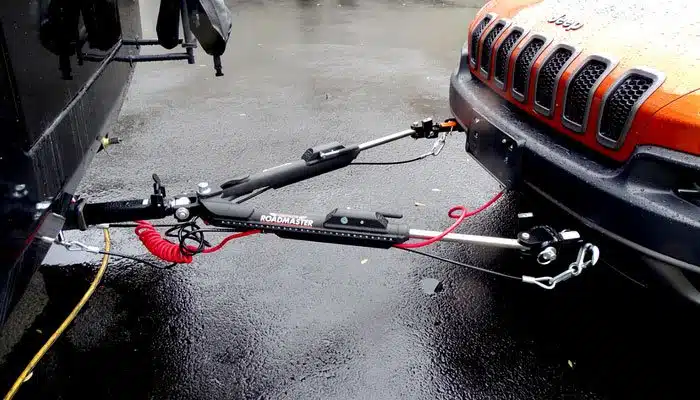
Flat towing with a tow bar is not a bad idea—if your vehicle is built for it. Vehicles like the Jeep Wrangler or Gladiator are flat tow-ready and work well with a tow bar setup. To ensure safety and prevent drivetrain damage, always follow the manufacturer’s flat towing guidelines, use approved tow bars, and maintain speeds between 55 and 65 mph for smooth and safe travel.
Flat tow behind a Motorhome – instructions when unhooking?
Unhooking a flat-towed Jeep from a motorhome requires careful steps:
- Park on level ground
- Shift the Jeep into Park and turn off the engine
- Disconnect the tow bar, safety chains, and braking system
- Store all towing equipment properly before driving off
Always refer to your Jeep’s owner’s manual for step-by-step unhooking instructions specific to your model.
How fast can you flat tow a jeep cherokee
Most Jeep Cherokee models are not designed for flat towing. Towing them with all four wheels on the ground may cause serious damage to the transmission or drivetrain. Always verify with your owner’s manual. If flat towing is not supported, use a tow dolly or flatbed trailer to safely transport your Jeep Cherokee.
Flat towing 2021 Jeep Rubicon
To flat tow a 2021 Jeep Rubicon with an automatic transmission:
- Shift the transfer case to Neutral (N)
- Shift the transmission to Park (P)
- Attach a quality tow bar, base plates, and safety chains
- Use an auxiliary braking system and lighting kit for visibility
- Follow all instructions in the Jeep owner’s manual for your specific trim and tire setup
Flat towing is a reliable option when done correctly.
Anybody flat towing their JL with 37″ tires
Yes, you can flat tow a Jeep JL with 37-inch tires, but it’s crucial to ensure your setup can handle the added height and weight.
- Use a heavy-duty tow bar rated for modified vehicles
- Ensure proper alignment to avoid tire wear during towing
- Always refer to your Jeep JL’s owner’s manual for correct towing settings
- Check clearance and braking requirements, especially if using aftermarket parts
Flat towing a lifted JL is safe when all components are properly installed and rated for the upgrade.
Read More: Jeep 3.8 Oil Type – The Ultimate Guide to Engine Maintenance
FAQs
1. Can you flat tow a Jeep Wrangler with automatic transmission?
Yes, you can flat tow it by setting the transfer case to Neutral and following all manufacturer guidelines.
2. What gear should I flat tow my Jeep in?
Always set the transfer case to Neutral and the transmission to Park before flat towing.
3. Do I need a braking system to flat tow a Jeep Wrangler?
Yes, a supplemental braking system is recommended for safe stopping and legal compliance during towing.
4. Can you tow a Jeep in neutral?
Yes, but only if the transfer case—not just the transmission—is in Neutral position.
5. Can you tow a 4×4 in neutral?
Some 4×4 vehicles can be towed in Neutral, but always confirm in the owner’s manual.
6. Can I tow a Jeep behind my RV?
Yes, Jeeps like the Wrangler are ideal for RV towing—just follow flat towing guidelines and use proper gear.
7. How far can you tow an automatic transmission in neutral?
You can tow it up to 30 miles max. For longer distances, use a dolly or flat towing setup.
8. Should a transfer case be in neutral for towing?
Yes, always set the transfer case to Neutral to avoid drivetrain damage during flat towing.
9. What happens if you tow an AWD car in neutral?
It can damage the drivetrain. AWD vehicles should be flatbed towed unless the manual says otherwise.
10. How to properly tow your Jeep Wrangler TJ?
Shift the transfer case to Neutral, transmission to Park, and use a proper tow bar and safety gear.
Conclusion
Flat towing a Jeep—especially models like the Wrangler or Gladiator—is a convenient and reliable method of transport, particularly behind an RV. However, for a safe and damage-free experience, always follow the manufacturer’s guidelines for speed limits, proper towing equipment, and setup instructions. By taking the right precautions, you’ll ensure a smooth, legal, and worry-free towing journey every time.





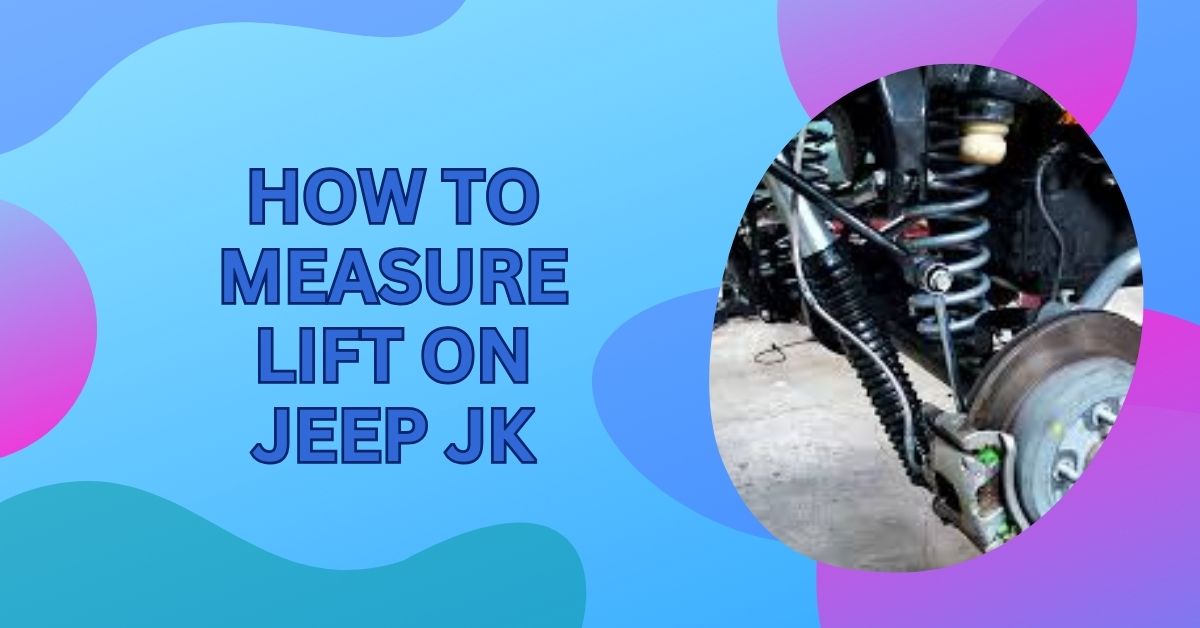
0 Comments